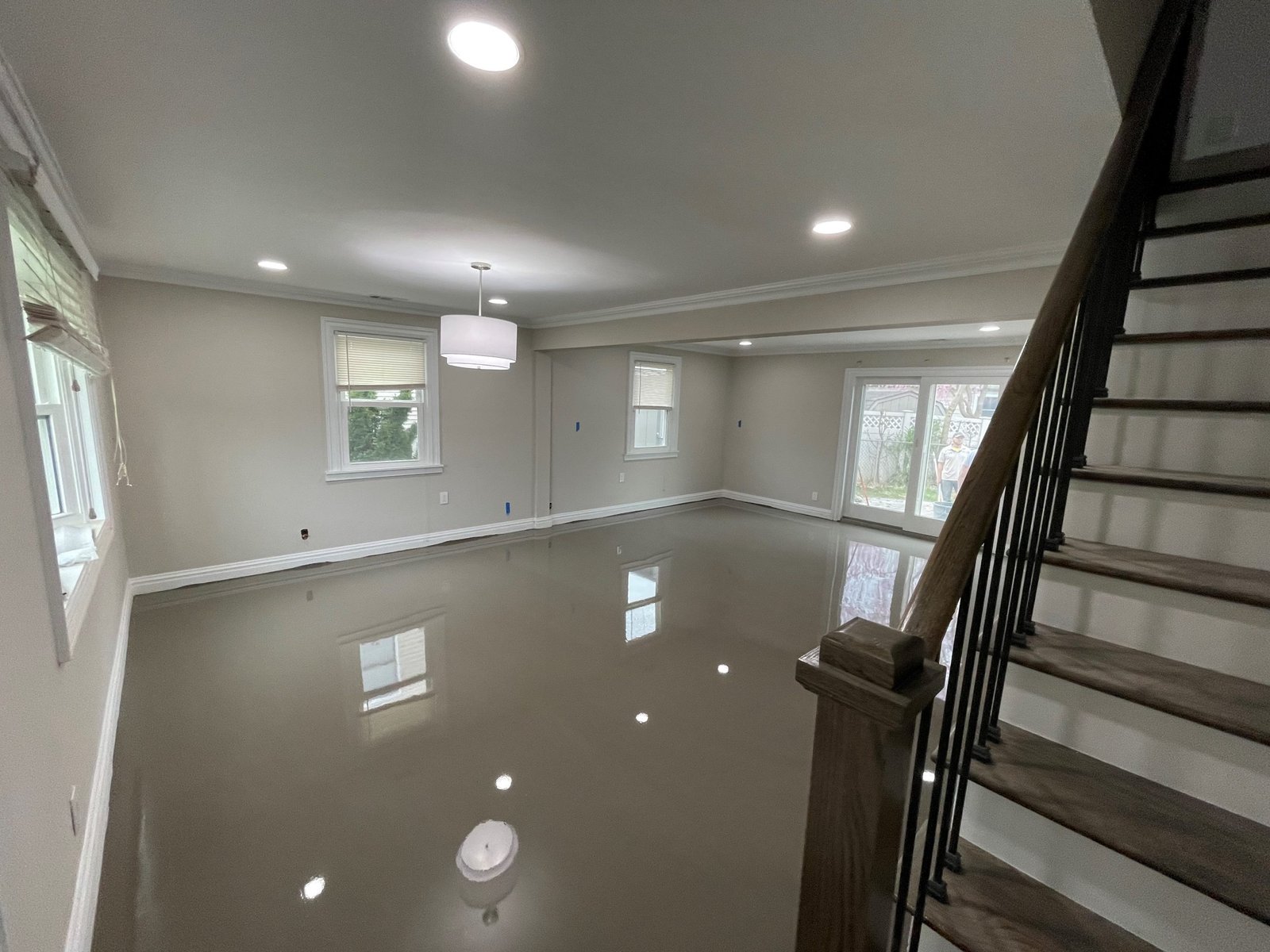Introduction: In the world of protective coatings and surface treatments, epoxy has emerged as a popular choice due to its durability, chemical resistance, and aesthetic appeal. However, within the realm of epoxy applications, confusion often arises between two commonly used terms: epoxy coating and epoxy painting. While they may sound similar, these two methods of application serve distinct purposes and offer different benefits. Let’s delve into the dissimilarities between epoxy coating and epoxy painting to gain a clearer understanding of their respective uses and advantages.
Epoxy Coating: Form Meets Function Epoxy coating is a robust protective layer applied to various surfaces, primarily concrete floors, metal substrates, and industrial equipment. Unlike traditional paint, epoxy coating is a thermosetting resin that chemically bonds with the substrate, creating a seamless, durable finish. This bonding process enhances the strength of the substrate, making it highly resistant to abrasion, chemicals, moisture, and stains.
Key Characteristics of Epoxy Coating:
- Thickness: Epoxy coatings are typically thicker than traditional paint, ranging from 2 to 3 millimeters or more, depending on the application requirements.
- Application Method: Epoxy coating is applied in multiple layers, including a primer, base coat, and topcoat, to ensure proper adhesion and durability.
- Industrial Applications: Epoxy coatings are commonly used in industrial settings such as warehouses, manufacturing facilities, laboratories, and commercial kitchens due to their exceptional durability and chemical resistance.
- Functional Benefits: In addition to providing a visually appealing surface, epoxy coatings offer functional benefits such as improved safety (through slip resistance), ease of maintenance, and protection against corrosion and wear.
Epoxy Painting: Aesthetic Enhancement with a Protective Touch Epoxy painting, on the other hand, refers to the application of epoxy-based paint for decorative or protective purposes. Unlike epoxy coating, which forms a thick, protective layer, epoxy paint is a thinner formulation designed primarily for aesthetic enhancement. While it still offers some level of protection, epoxy paint is not as robust as epoxy coating and is typically used in less demanding environments.
Key Characteristics of Epoxy Painting:
- Thinness: Epoxy paint is relatively thin compared to epoxy coating, typically ranging from 0.1 to 0.5 millimeters in thickness.
- Application Method: Epoxy paint is applied similarly to traditional paint, using rollers, brushes, or sprayers, and often requires multiple coats for optimal coverage and durability.
- Decorative Applications: Epoxy painting is commonly used in residential, commercial, and institutional settings for decorative purposes, such as garage floors, basement floors, and showroom surfaces.
- Aesthetic Appeal: Epoxy paint comes in a wide range of colors and finishes, allowing for customization and aesthetic enhancement of the surface while providing some level of protection against stains and abrasion.
Choosing the Right Solution: When deciding between epoxy coating and epoxy painting, it’s essential to consider the specific requirements of the surface and the intended application. For high-traffic industrial environments or areas exposed to harsh chemicals, epoxy coating offers superior durability and protection. On the other hand, for decorative purposes or less demanding environments, epoxy painting provides an attractive finish with some level of protection.
Conclusion: In summary, while epoxy coating and epoxy painting share the common ingredient of epoxy resin, they serve distinct purposes and offer different benefits. Epoxy coating provides a robust, protective layer ideal for industrial and commercial environments, while epoxy painting offers decorative enhancement with a level of protection suitable for residential and less demanding commercial applications. By understanding the differences between these two methods of application, one can make informed decisions when selecting the right solution for their specific needs.



